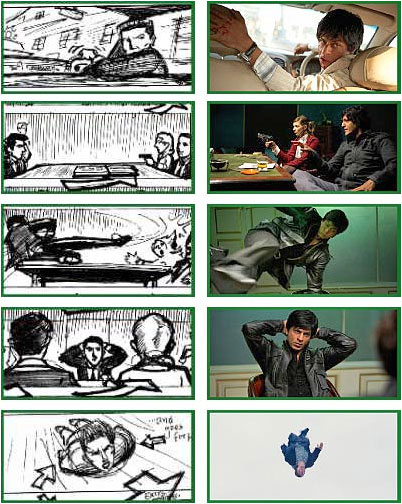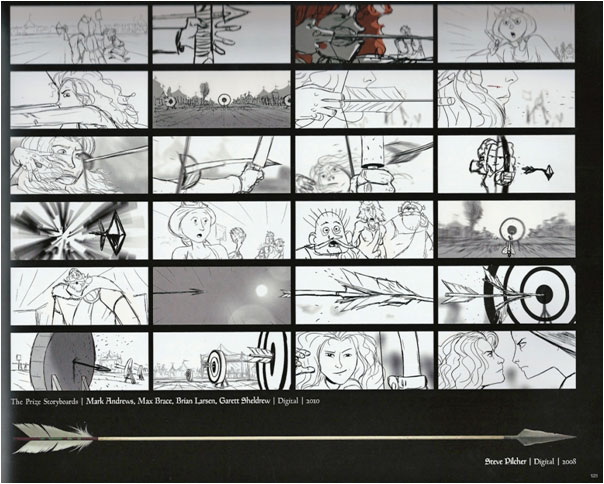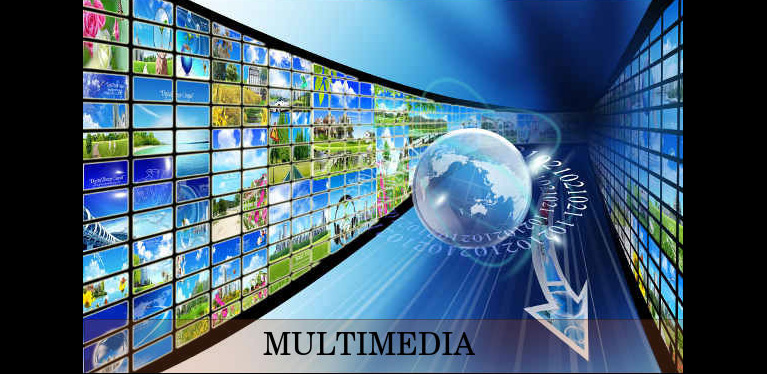Making an animation feature is fun. But it requires a lot of planning & hard work. Storyboarding is the first & the most important step of this process. A storyboard is an organized series of drawings that detail the story & other important aspects like sound effects, music score, lighting & special effects. With the right training, you can build a career as a storyboard artist in production houses, television channels, ad agencies, website & gaming studios & others.
Why is storyboarding so special
Storyboard is an organised portrayal of the story through graphic drawings & pictures. It is a series of black & white or coloured artwork or sequence of images which depict motion, action in a scene & the landscape of the story. When required, you can also add dialogues within the framework to ensure that the scene can be designed as imagined by the story teller/animator.
Storyboarding is used by major studios in Hollywood & Bollywood. Studios spend nearly 18-24 months on the process to ensure that there are no mistakes in the final film. A senior storyboard artist can earn Rs. 6 lakhs or more every year.*

Benefits of storyboarding
A storyboard is the first step of creating a good animation film & is the foundation of the pre-production process. A good storyboard:
- Presents the visual image of what the audience may see in the final movie
- Helps make changes & delete mistakes from the scenes before the production process begins
- Plans the animation more accurately; thus saving time & money during production & post-production
- Helps decide the final style of animation – 2D/3D/stop-motion/clay animation – through small-scale experimentation & rendering

Types of storyboards
A storyboard does not have to be a boring, static series of drawings. There are different kinds of animation methods to make a storyboard more interesting, interactive & lively.
- Flipbook animation: This is the easiest & cheapest method of storyboarding. All you require are pencils, erasers & drawing pads. It is one of the oldest ways to create animation & storyboards.
- Stop-motion animation: Under this method you set up figures & physical objects for the scenes and photograph these scenes. The final storyboard is a compilation of these photographs. The final edited images are compiled to make a moving storyboard.
- 2D animation: This is the digital version of flipbook animation. You draw the required images in software & the analysis is easier.
- 3D animation: Three dimensional virtual spaces are used to create more realistic & authentic version of the storyboard.
Over the years storyboarding has developed & enhanced through improved technology & software like Maya, 3ds Max, Zbrush, Blender, Nero Character Creator, etc. Storyboard is the backbone of a quality animation film & having the required skills gives you the opportunity to build an exciting & high-paying career.
*Source: Payscale

